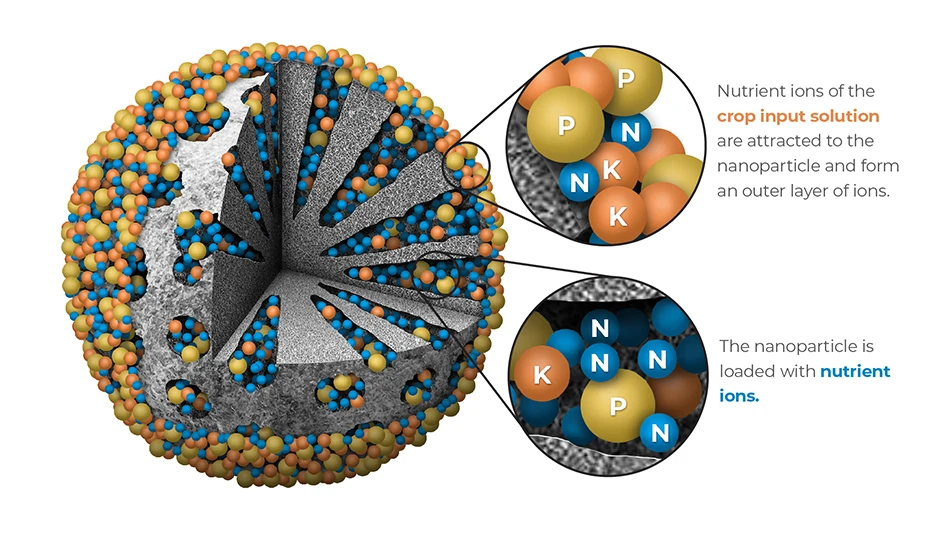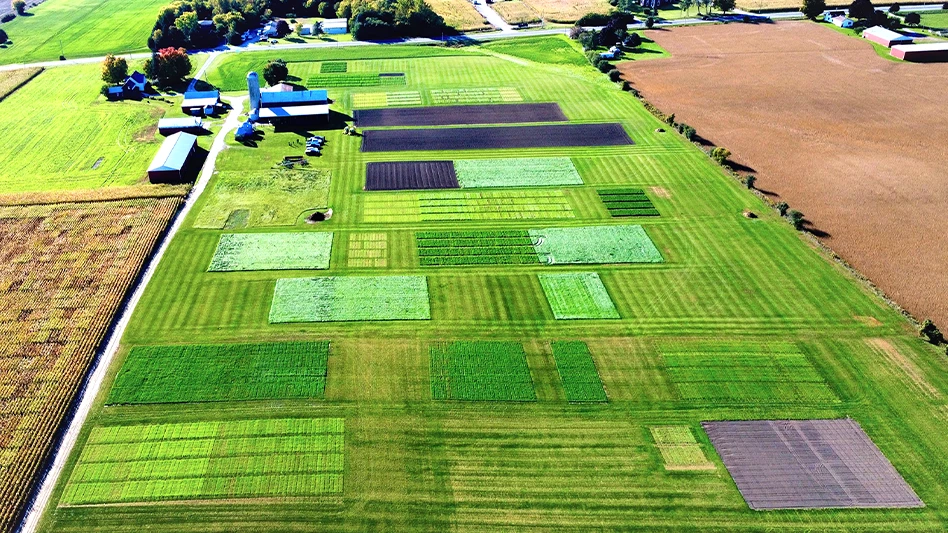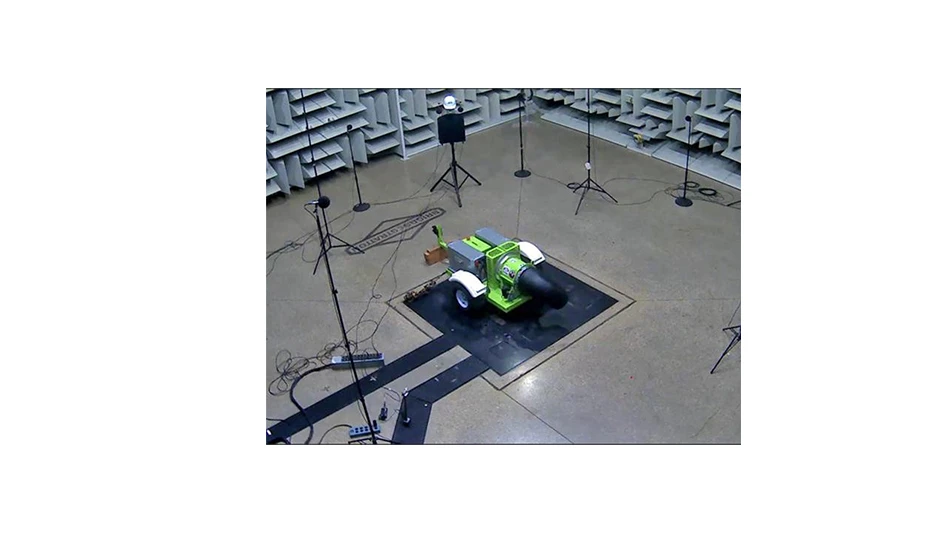
Nano-Yield
Ongoing advancements in the field of nanotechnology have created product solutions across many industries with applications for targeted drug delivery, electronics, optics, material coatings, water filtration, and now plant nutrition and pesticide uptake.
Generally speaking, nanotechnology is an area of science whose aim is to harness the unique properties of materials by engineering them into nano-sized forms for novel uses. In agriculture, nanoparticles are especially effective when designed and engineered for enhancing both spray solutions and granular coatings to increase uptake of various chemistries.
Though nanotechnology has been well studied and proven to increase agricultural yields, only now are professional turfgrass managers starting to employ new types of spray adjuvants and fertilizers enhanced by nanotechnology. As these new products enter the turfgrass arena, let's dive into their science to gain an understanding of what nanotechnology is and the benefits it can provide us.
A historic issue facing foliar liquid fertilizers has been low uptake efficiencies, likewise root uptake can be hampered by nutrient immobilization and environmental losses in the soil. After years of development, nanoparticle characteristics have been identified that combine to help solve these challenges in a highly effective, economical and environmentally responsible way.
The most effective nanotechnologies offer solutions by using trillions of tiny porous nanoparticles which act like nutrient sponges. This army of sponges allows turfgrass more time to find and take up the applied nutrients or tank mix chemistries, and a bigger payload when it does.
Nanoparticles are typically defined as objects 10 to 100 nanometers, with unique properties that objects of larger sizes do not exhibit. The combination of small size, a porous texture and a negative charge gives nanoparticles their unique abilities. They can load with nutrients and enter plant cells by multiple routes, ultimately delivering a nutrient payload at higher rates than plants would gain from similar spray solutions without nanoparticles. The effect of size is a topic of extensive and active nanoparticle research and is usually viewed as the most critical factor in their function.
Secondary, but also critical, are the effects of surface charge, texture and shape. All such nanoparticle characteristics are determined by the parent material and details of the synthesis method. Various techniques to synthesize nanoparticles have been developed in the last century and rapid advancement in nanotechnology continues to produce new processes for development and manufacturing.
Nanoparticles can be engineered from parent materials by being either built up (bottom-up) or broken down (top-down) to reach the optimal size. Nanoparticles can be derived from many parent materials such as natural minerals, as well as metals, oxides, carbon-structures and organics. Each choice contributes to the physicochemical properties of nanoparticles.
Though nanoparticles are indeed physical materials in nature, their small size imparts chemical-like properties. Within the limitations provided by the choice of material, characteristics such as size, texture and charge can be manipulated to optimize the particle for a specific function.
Nanoparticles first actively load the inputs in a spray solution and then deliver higher concentrations of those ingredients into the plant cells through a unique mode of uptake called endocytosis. Mesoporous silica-based nanoparticles hold tremendous relevance in modern agriculture due to their specific properties and associated applications. Such improvements in nutrient and active ingredient uptake with nanotechnology can help turfgrass managers optimize plant health, save money and reduce environmental losses.
In summary, nanoparticles have emerged as a revolutionary tool, offering a multitude of functional applications today and on the horizon to address some of the most pressing challenges in many industries, including professional turfgrass management.
Dr. Phil Dwyer is Nano-Yield's category director of professional turfgrass. CLICK HERE to watch a Turf Technology Showcase presentation led by Dwyer about nanotechnology’s possibilities in turfgrass.
Get curated news on YOUR industry.
Enter your email to receive our newsletters.Latest from Golf Course Industry
- GCSAA announces Grassroots Ambassador Leadership Award recipients
- Reel Turf Techs: David Gummo
- PBI-Gordon promotes two to executive level
- VIDEO: A First Green morning
- Bloom Golf Partners adds HR expert
- Seeking sustainability in Vietnam
- Kerns featured in Envu root diseases webinar
- Toro continues support of National Mayor’s Challenge for Water Conservation







